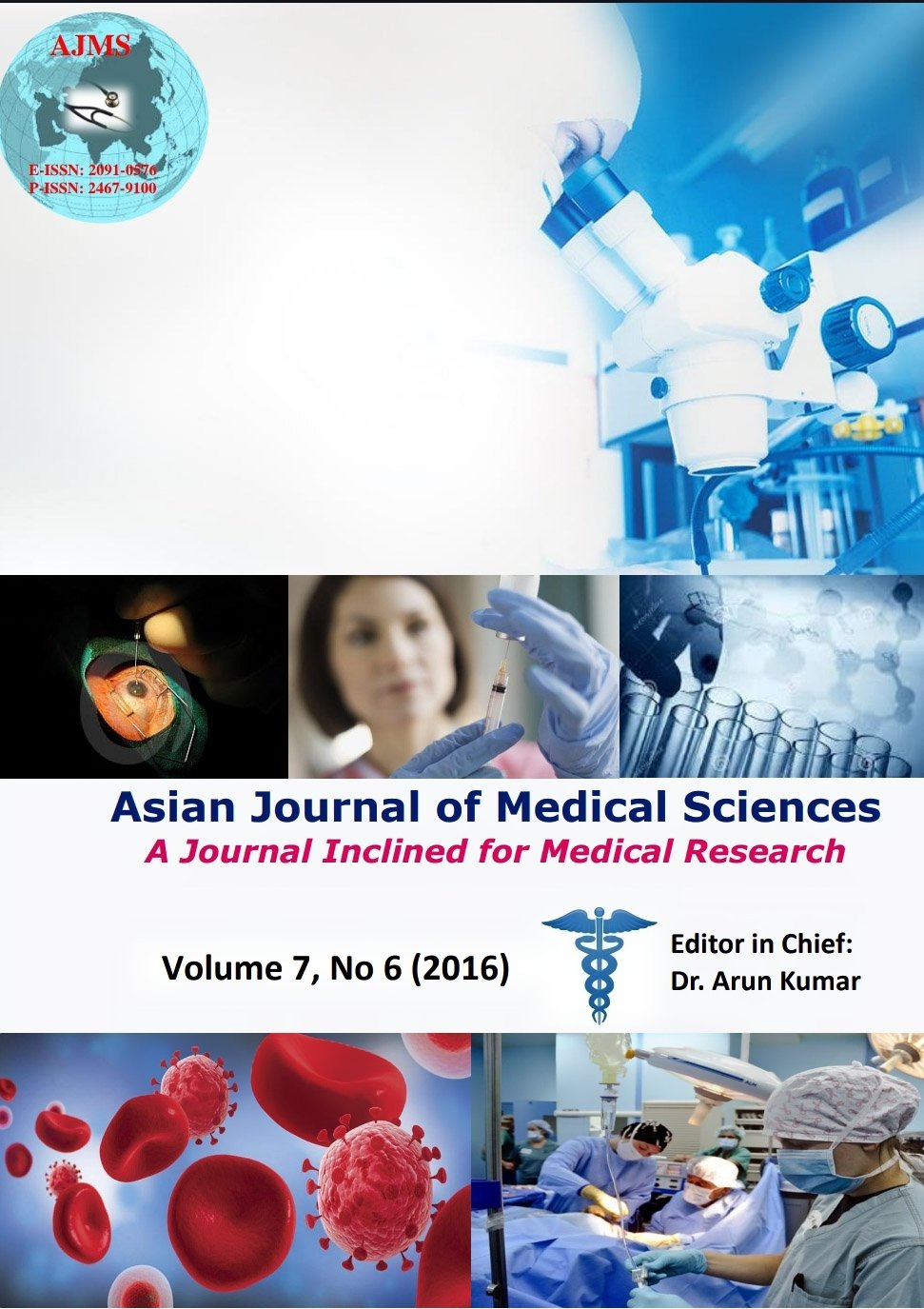Anthropometry based prediction of dominant hand grip strength in Indian office going females
Keywords:
Female anthropometry, Hand grip strength, Body compositionAbstract
Background: Physical strength can be measured by means of hand grip strength. It is of great use as a functional index of nutritional status.
Aims and Objectives: Physical strength can be measured by means of hand grip strength. It is of great use as a functional index of nutritional status. Association of hand grip strength with other variables is studied in order to predict the strength outcomes and to study the effect of factors that can influence hand grip strength performance.
Materials and Methods: In the present study the correlations of dominant hand grip strength and anthropometric and body composition variables namely, height, weight, forearm length, arm length, hand breadth, body mass index (BMI), and fat mass in randomly selected 375 unrelated, normal, healthy Indian office going females of age 20-60 years with mean height and weight of 154.12 ± 5.94 cm and 59.86 ± 10.94 kg respectively has been studied.
Result: Hand grip strength of the females varied from 17 kg to 32 kg with a mean of 23.86 ± 2.74 kg. The comparison of age, height, weight, forearm length, arm length, hand breadth, and fat mass with the hand grip strength showed good correlation (p<0.01). The best fit model for handgrip prediction when age, height, weight and hand breadth for this population were considered is Hand Grip = -12.260-0.13*Age+0.16*Height+0.13*Weight+1.02*Hand breadth.
Conclusion: It may be concluded that hand grip strength has close association with the anthropometric measurements and body composition variables and using these parameters grip strength can be predicted in Indian office going females.
Asian Journal of Medical Sciences Vol.7(5) 2016 58-62
Downloads
Downloads
Published
How to Cite
Issue
Section
License
Authors who publish with this journal agree to the following terms:
- The journal holds copyright and publishes the work under a Creative Commons CC-BY-NC license that permits use, distribution and reprduction in any medium, provided the original work is properly cited and is not used for commercial purposes. The journal should be recognised as the original publisher of this work.
- Authors are able to enter into separate, additional contractual arrangements for the non-exclusive distribution of the journal's published version of the work (e.g., post it to an institutional repository or publish it in a book), with an acknowledgement of its initial publication in this journal.
- Authors are permitted and encouraged to post their work online (e.g., in institutional repositories or on their website) prior to and during the submission process, as it can lead to productive exchanges, as well as earlier and greater citation of published work (See The Effect of Open Access).




